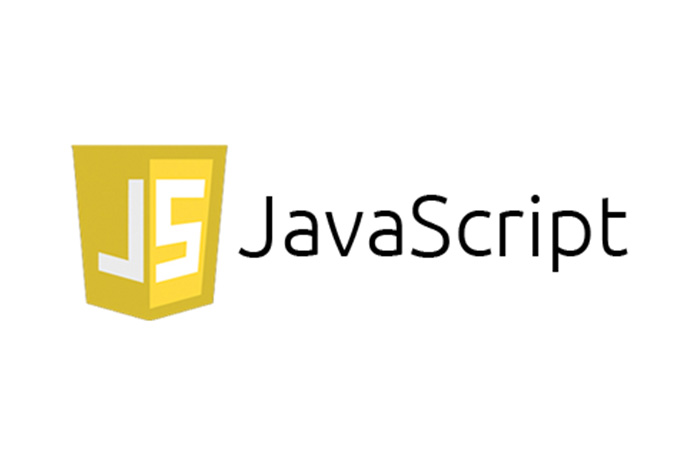JavaScript For Front-end Development

JavaScript is a powerful programming language that is used extensively in front-end web development. It allows developers to create dynamic and interactive web pages.
Basics
JavaScript is a scripting language that runs in the browser. It is primarily used to manipulate the Document Object Model (DOM) and respond to user interactions. Here are some basic concepts:
Variables: JavaScript uses the var, let, or const keywords to declare variables.
Data Types: JavaScript supports various data types, including numbers, strings, booleans, arrays, objects, and more.
Functions: Functions are reusable blocks of code that perform specific tasks.
Conditional Statements: JavaScript provides if, else if, and else statements to make decisions based on conditions.
Loops: Loops, such as for and while, allow you to repeat a block of code multiple times.
Key Aspects of JavaScript in Web Development
Interactivity
JavaScript enables interactive features like click events, data submissions, animations, and much more.
DOM Manipulation
The Document Object Model (DOM) can be manipulated using JavaScript, allowing developers to change document structure, style, and content.
JavaScript is commonly used to manipulate the DOM, which represents the structure of a web page. Here are some important DOM manipulation techniques:
Selecting Elements: You can use methods like getElementById, querySelector, and querySelectorAll to select elements from the DOM.
Modifying Elements: JavaScript allows you to change element properties, such as text content, styles, attributes, and more.
Event Handling: You can attach event listeners to elements to respond to user interactions, such as clicks, key presses, and form submissions.
Asynchronous Programming
JavaScript supports asynchronous programming, which allows you to perform tasks without blocking the execution of other code. Here are some key concepts:
Callbacks: Callback functions are commonly used to handle asynchronous operations, such as fetching data from a server or handling user input.
Promises: Promises provide a more structured way to handle asynchronous operations and avoid callback hell.
Async/Await: Introduced in newer versions of JavaScript, async and await keywords simplify asynchronous programming by making it look more synchronous.
Event Handling
JavaScript can respond to user actions like mouse clicks, key presses, and touch gestures.
Animation and Graphics
Used for animations, games, and other graphical content on the web.
Integration with HTML and CSS
JavaScript works alongside HTML and CSS to build the three layers of web design:
HTML for structure
CSS for presentation
JavaScript for behavior
JavaScript Frameworks and Libraries
React
A JavaScript library for building user interfaces, particularly single-page applications.
Angular
A TypeScript-based open-source web application framework.
Vue.js
A progressive framework for building user interfaces.
ES6 and Beyond
Modern JavaScript, known as ECMAScript 2015 (ES6) and later versions, introduces many additional features like arrow functions, classes, modules, and template literals.
AJAX and Fetch API
AJAX and the Fetch API allow JavaScript to asynchronously communicate with a server, sending and receiving data without reloading the page.
Web APIs
JavaScript can access a wide range of Web APIs provided by the browser, like the Geolocation API, Web Storage API, and Canvas API.
Tools and Best Practices
Linters (ESLint)
Tools for identifying and reporting on patterns in JavaScript, helping developers to write clean and consistent code.
Module Bundlers (Webpack, Rollup)
Tools for bundling JavaScript files and dependencies into a single file, typically used for larger projects.
Conclusion
JavaScript is essential for front-end web development. It brings web pages to life, adding interactivity and complexity that enhance user experience. Keeping up with the latest developments in JavaScript and its ecosystem is key for any front-end developer.
Glossary
A definition list or a glossary:
- First Term
This is the definition of the first term.
- Second Term
This is the definition of the second term.